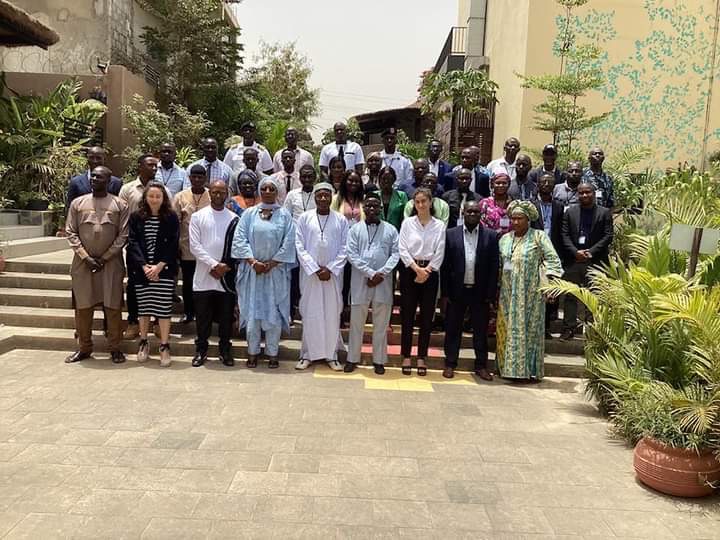By Alkali Cham
In our commitment to continue enlightening young people, there is still a need to talk more about the National Youth Policy. This policy is a document designed to help coordinate the activities of young people systematically for their holistic socio-economic development. Based on this, it is incumbent upon every young person especially those at the whelm of affairs to grab a copy of this document to familiarize themselves with youth-related terminologies among others.
There is a need for individuals to increase their knowledge to understand who is considered a youth. The below explained various concepts as indicated in the National Youth Policy.
According to the National Youth Policy, “The definition of youth varies from country to country. Generally, the period between childhood and adulthood is called ‘Youth’. During this period a person prepares himself/herself to be an active and fully responsible member of society. It is also a period of transformation from family-dependant childhood to independent adulthood and integration into society as a responsible citizen.
Youth, as a concept, varies from culture to culture and from society to society. In most Gambian societies the progression from childhood to youth involves some systematic rites of passage or initiation into adulthood. These rites have symbolic significance in that by participating in them, an individual achieves a new status and position of responsibility in society. Such a new status gains validity through genuine community action and recognition. However, due to certain influences driven by science, technology, and external cultural contact, the boundaries defining the transition from childhood to youth and from youth to adolescence and adulthood are shifting, and the crossovers into each new stage are now manifested in different ways. The challenges, and changes that young people must negotiate do not occur as predictably as in the past, therefore, defining youth according to some exact age range can be a very difficult task.
The 2009-2018 National Youth Policy defined youth as individuals within the age bracket of 13-30 years. The United Nations and World Bank have defined youth as young men and women between the ages of 15 and 24, while the Commonwealth Youth Program has adopted the age category of 16 to 29 years. A third definition that is relevant to The Gambia is provided for in the African Union’s African Youth Charter, which defines youth or young people as every person between the ages of 15 and 35 years.
The Charter, to which The Gambia is a signatory, is a legally-binding instrument that serves as a strategic framework of action for African youth. It was adopted on 2 July 2006 during the 7th Ordinary Session of the Assembly of the African Union that took place in Banjul and went into force on 8 August 2009. As a signatory to the African Youth Charter, The Gambia is legally required to domesticate its provisions into national policies and legal instruments and hence needed to subscribe to the definition of youth as provided for in this Charter.
In line with the existing circumstances and realities on the ground especially contemporary socio‐economic and political conditions as it affects the youth, and for the implementation of this new National Youth Policy, the youth shall be defined as all young males and females aged 15–35 years, who are citizens of The Republic of The Gambia, or anyone in this aged range that lives in The Gambia.”
Whilst this definition is indeed broad, it is understood that this is a time in life when most young people are going through dramatic changes in their life circumstances as they move from childhood to adolescence and adulthood. Young people in this age group require social, economic, and political support (formation) to realize their full potential and sustainably, and dignified lives.
Young people as defined by this youth policy are characterized by energy, enthusiasm, ambition, curiosity, adventurism, creativity and promise but at the same time they are also confronted with high levels of socio‐economic uncertainty, fragility, volatility and risks; thereby becoming the most vulnerable segment of the population, both of which situation requires adequate institutional support.





